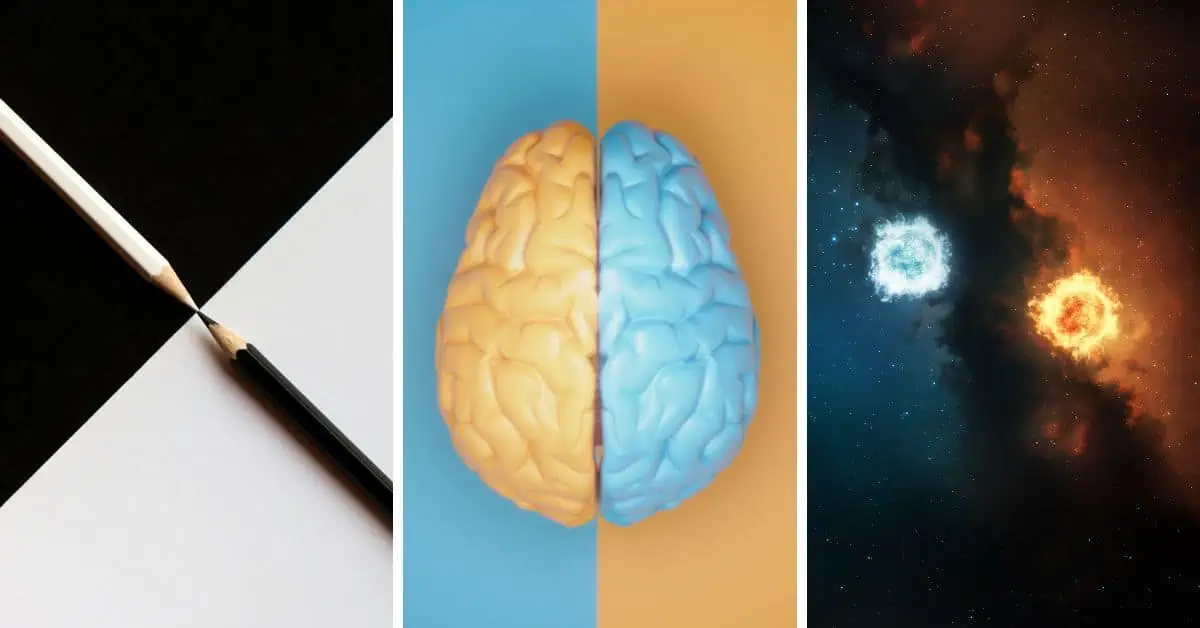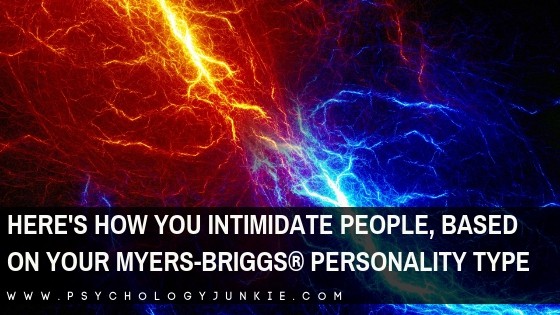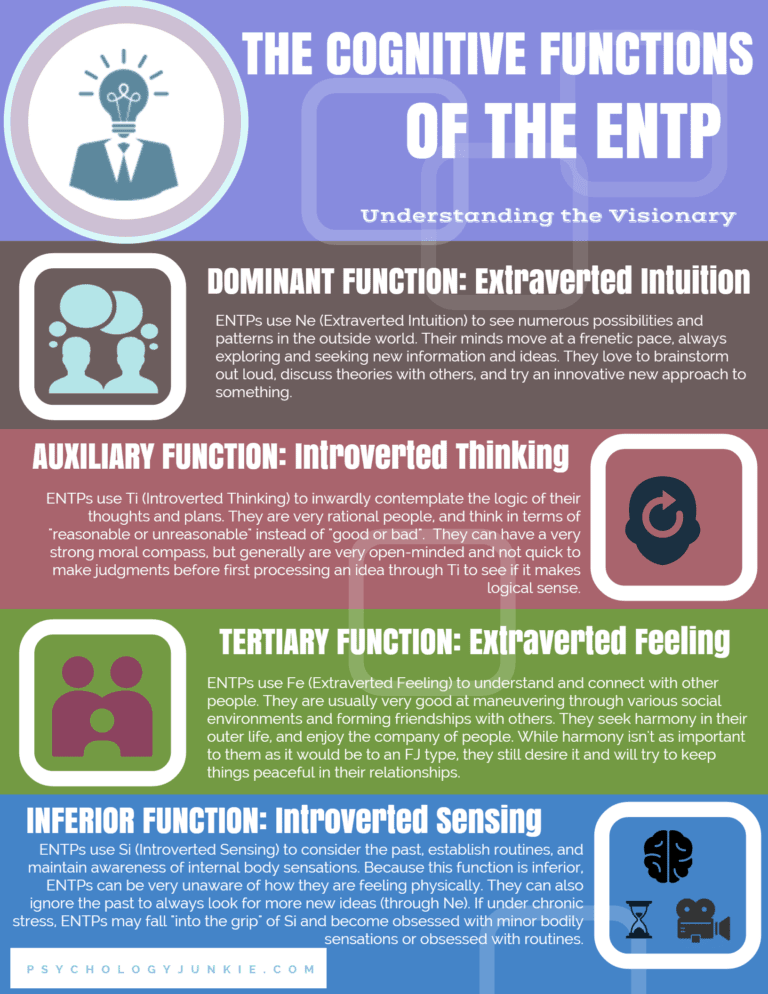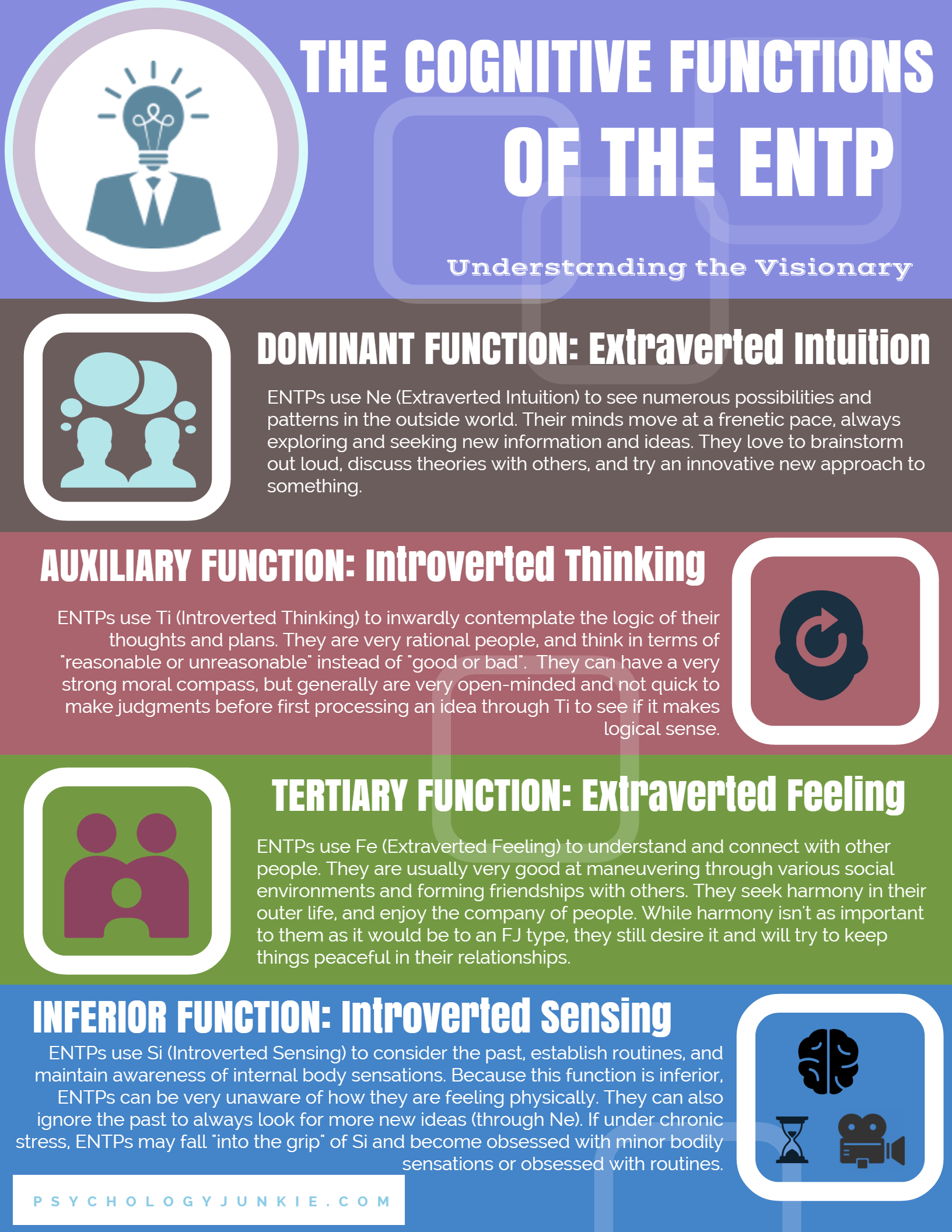Discover How Thinking Personality Types Use Feeling
Guest post from Marissa Baker at LikeAnAnchor.com
It’s a common mistake to think that Myers-Briggs® types with a “T” in their four-letter description only use Thinking. In reality, they also have a Feeling side. Myers-Briggs® theory contains what we call function stacks, which describe how our minds work and give a clearer picture of the depth and nuances of each personality type than you get just by looking at the four dichotomies (E/I, S/N, T/F, J/P).

Each type has two Perceiving functions (Sensing and Intuition) and two Judging functions (Feeling and Thinking). The Judging functions are the ones we use to make decisions. Your four-letter type tells you which of these functions you use most comfortably, and whether or not each function is Introverted or Extroverted.
The Thinking types use Introverted or Extroverted Thinking as either their dominant or auxiliary process. The opposite of this process (Extroverted or Introverted Feeling) is their tertiary or inferior process. For example, an INTJ has the following function stack:
- Dominant function: Introverted Intuition (Ni)
- Auxiliary function: Extraverted Thinking (Te)
- Tertiary function: Introverted Feeling (Fi)
- Inferior function: Extraverted Sensing (Se)
And ESTP is an example of a type with Extroverted Feeling in the Tertiary position:
- Dominant function: Extraverted Sensing (Se)
- Auxiliary function: Introverted Thinking (Ti)
- Tertiary function: Extroverted Feeling (Fe)
- Inferior function: Introverted Intuition (Ni)
Feeling As A Tertiary Function
The tertiary function isn’t one we talk about very often, but it’s actually pretty important to type growth and development. In their car model, Personality Hacker calls it the “10-year-old” to describe its maturity level. Psychologist John Beebe names it the “Eternal Child” after one of Carl Jung’s archetypes. It’s also called the “relief function.”
Most people develop their tertiary function sometime between their late teens and mid-life. It can show up earlier as well, though not as strongly. Typically, we’ll use the tertiary function when we’re feeling playful or creative. It’s a place we go to re-charge and relax. Since it’s not as well-developed as our dominant or auxiliary function, though, relying on it too much can leave us feeling off-balance.
Learn more about your Tertiary function in these two articles:
- How Each Myers-Briggs® Type Uses Their Tertiary Function
- What Role Does The Tertiary Function Play In Myers-Briggs® Personality Types?
For INTJs and ISTJs
INTJs and ISTJs use Introverted Feeling (Fi) as their tertiary function. Their preferred decision-making function is their auxiliary Extroverted Thinking (Te). They prefer to make decisions using impersonal, measurable criteria and they prioritize solutions that are efficient and workable. Even so, these types can become pretty comfortable using their Fi.
Introverted Feeling is concerned with maintaining inner harmony. It primarily shows up in INTJs and ISTJs as a commitment to staying true to their authentic selves. When they’re younger, Fi can also show up in immature ways. These types might mistrust value-based decisions and become impatient with or judgmental of other people, especially those who use Feeling as a decision-making process. They might also hold onto hurts and grudges longer, though that’s not the case for every IxTJ.
As INTJs and ISTJs get older, they’ll typically become more comfortable with using their Fi, especially in down-time activities. They might volunteer to support a cause that aligns with their core beliefs. They might find joy in expressing themselves through writing poetry or creating art. Developing Fi helps IxTJs become more emotionally aware and balances out their impersonal, efficient Thinking side.
Of course, since Fi is not one of an INTJ’s or ISTJ’s more mature functions, they need to be careful to balance it out with their dominant function and auxiliary functions (intuition/sensing, or thinking). When they rely too heavily on immature Fi, INTJs and ISTJs can become so wrapped up in their own viewpoint they become self-righteous and judgmental.
For ENTPs and ESTPs
ENTPs and ESTPs use Extroverted Feeling (Fe) as their tertiary function. Their preferred decision-making function is their auxiliary Introverted Thinking (Ti). They’re usually focused on trying to make sense of things for themselves and base their decisions on impersonal data that’s as accurate as they can make it. Even so, these types can become pretty comfortable using their Fe.
Extroverted Feeling is concerned with maintaining external harmony. It primarily shows up in ENTPs and ESTPs as an ability to connect with people and understand how they feel. When they’re younger, Fe is more of a blind spot, though. Younger ExTPs might be tactless and impatient with other people. They might also become irritated by how much other people’s moods affect them.
ENTPs and ESTPs who develop their Fe become really good at navigating social situations and reading the people around them. They’re often charming people who are easy to connect with. They can become good persuaders and they have a knack for knowing what to say to change the mood of a conversation.
Since Fe isn’t one of an ENTP‘s or ESTP’s most mature functions, they do need to balance it out with their dominant Extroverted Intuition or Extroverted Sensing and their auxiliary Introverted Thinking. Immature ExTP types might use their Fe side to manipulate people. They might also have trouble communicating their emotions to others or forget to take other people’s feelings into consideration.
Feeling As An Inferior Function
The inferior function is a weak spot for each personality type In their car model, Personality Hacker calls it the “3-year-old” because it’s the least-mature of our four functions. It’s also sometimes called the “stress function” because it often shows up when we’re under stress.
Most people develop their inferior function later in life or not at all. Developing this function can help us achieve balance. When it’s suppressed or never developed in a healthy way we run the risk of over-working our other functions and falling “into the grip” of our inferior function. Types “in the grip” do not act like themselves and often feel confused, irritable, and stressed.
Learn more about your inferior function here:
- The Biggest Weakness of Every Myers-Briggs® Personality Type
- What Does Each Myers-Briggs® Type Look Like When They Get Stressed-Out?
For ENTJs and ESTJs
ENTJs and ESTJs use Introverted Feeling (Fi) as their inferior function. Their preferred decision-making function is their dominant Extroverted Thinking (Te). They prefer to make decisions using impersonal, measurable criteria and prioritize solutions that are efficient and workable. They often have a hard time accessing their Fi side and may struggle with using it in a healthy way.
These types often notice their Fi as a sort of “background noise.” It’s there, pushing them to seek inner authenticity and line their goals up with their sense of right and wrong, but it’s not something they’re comfortable with or always conscious of using. When under stress, they may fall “into the grip” of their immature Fi and become withdrawn, self-critical, and paranoid or pessimistic.
Because Fi is their least-developed function, ENTJs and ESTJs might discount or ignore their own emotions and the emotions of others. They are much more comfortable making decisions based on objective criteria than by taking feelings into consideration. When these types develop Fi, it can help them balance-out their other functions and develop more compassionate relationships, line-up with their personal values, and become more aware of how they feel.
Developing inferior functions should be done during times of low-stress. Here are a few suggestions for developing Introverted Feeling:
- Pause a few times each day to notice your emotions or to imagine what you would feel if you were in someone else’s shoes.
- Actively listen when someone shares their troubles with you rather than instantly trying to problem-solve.
- Find a cause that lines-up with your core values and volunteer to help that cause.
For INTPs and ISTPs
INTPs and ISTPs use Extroverted Feeling (Fe) as their inferior function. Their preferred decision-making function is their dominant Introverted Thinking (Ti). They’re usually focused on trying to make sense of things for themselves and base their decisions on impersonal data that’s as accurate as they can make it. They often have a hard time accessing their Fe side and may struggle with using it in a healthy way.
These types often notice their Fe as a sort of “background noise.” It pushes them to seek harmony in relationships and treat others with respect, but it’s not something they’re comfortable with or always conscious of using. When under stress, they may fall “into the grip” of their immature Fe and become unusually emotional, insecure, and feel out of control.
Since Fe is their least-developed function, INTPs and ISTPs often do not trust their emotions or the emotions of others. They much more comfortable making decisions based on impersonal facts rather than by taking emotions into consideration. When these types develop Fe, it can help them balance-out their other functions and become more comfortable in social situations, build stronger relationships, and take other people into account when making decisions.
Developing inferior functions should be done during times of low-stress. Here are a few suggestions for developing Extroverted Feeling:
- Talk non-judgmentally with people who have different values and beliefs than you and try to understand why they value/believe in those things.
- Take note of non-verbal and verbal cues about what the people you care about need and desire. Come up with ways to help meet those needs.
- People-watch and take note of how groups of people interact, social customs they follow, emotions they might be trying to hide, body language, etc.
Conclusion
Understanding how Thinking plays a role in the personalities of INTJs, ISTJs, ENTPs, ESTPs, ENTJs, ESTJs, INTPs, and ISTPs gives a more well-rounded perspective on the Thinking types. There’s no such thing as someone who purely uses Thinking without Feeling (or vice versa). Rather, we each have one decision-making function that we prefer and one that we can develop to help balance-out out personalities.
Marissa Baker is the author of The INFJ Handbook (available in the Amazon Kindle Store). You can find her online at LikeAnAnchor.com where she blogs about personal growth and development from a Christian perspective.
Subscribe to Our Newsletter

Want to discover more about personality type? Get the inside scoop with Susan Storm on all things typological, along with special subscriber freebies, and discounts on new eBooks and courses! Join our newsletter today!














